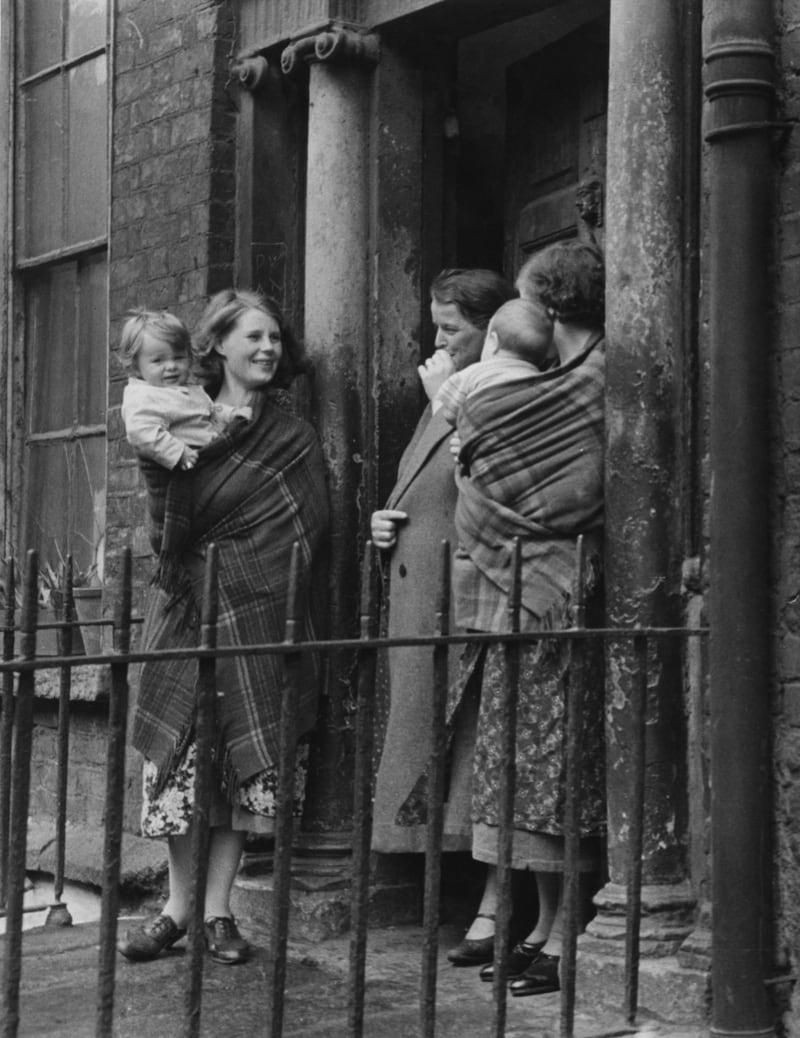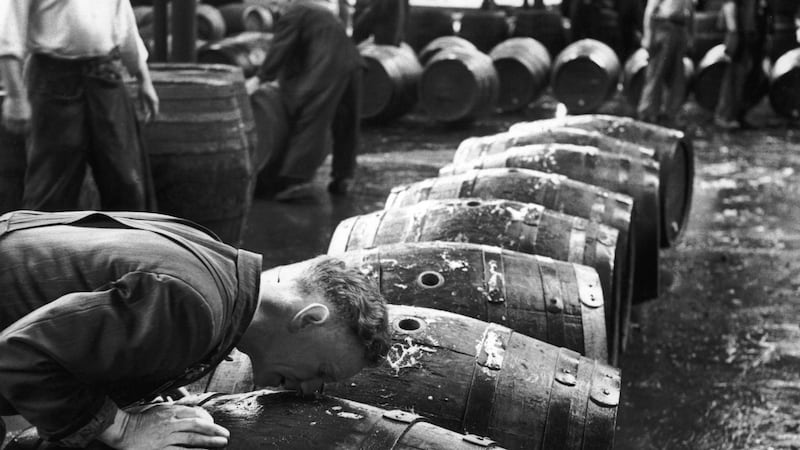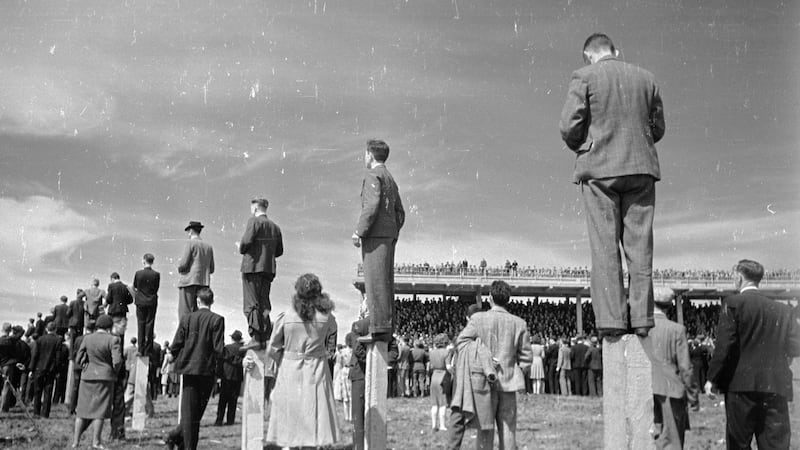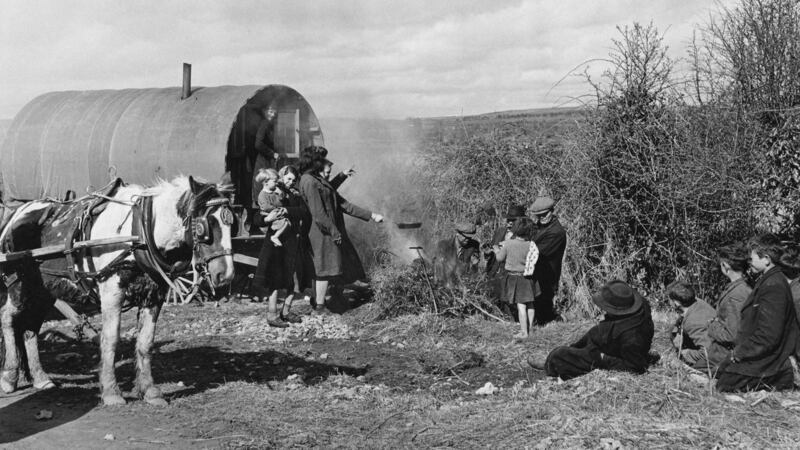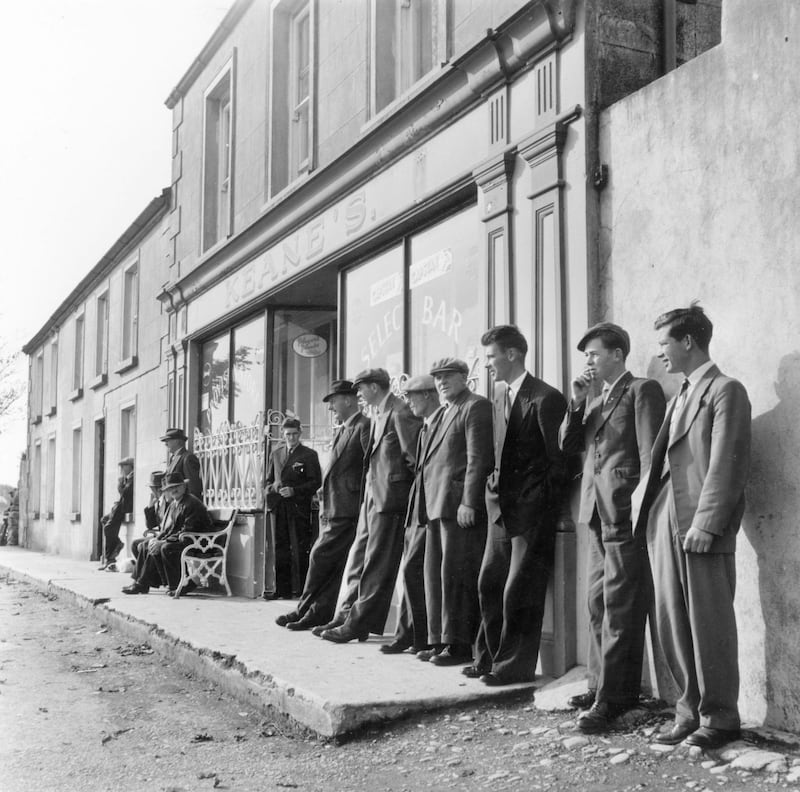In his memoir the long-time editor of the Irish Press Tim Pat Coogan recalls a story that the firm’s controlling director, Vivion de Valera, once told him.
It concerned Vivion's schooldays at Blackrock College and how he had once been summoned to the college president's office. There, the future Catholic archbishop of Dublin John Charles McQuaid instructed Vivion to review a pile of newspaper cuttings of full-page adverts for Cleary's department store. The adverts, Coogan recounts, included "small line drawings of women modelling underwear of a design which reflected the modest standards of the Ireland of that era". To the somewhat baffled Vivion, McQuaid pointed out "the insidious immorality of the drawings. Some of them, if one used a magnifying glass, indicated the outline of a mons veneris".
The hint was duly delivered by Vivion to his father, Éamon de Valera, then taoiseach and controlling director of the Irish Press. But ecclesiastical policing of the press extended beyond Irish newspapers: the presence of undesirable British newspapers, particularly the hugely popular Picture Post, represented a contagion of immorality, indecency and obscenity.
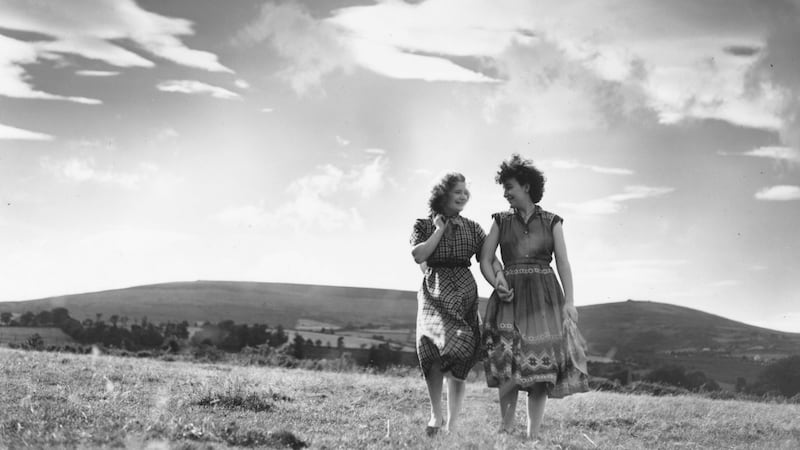
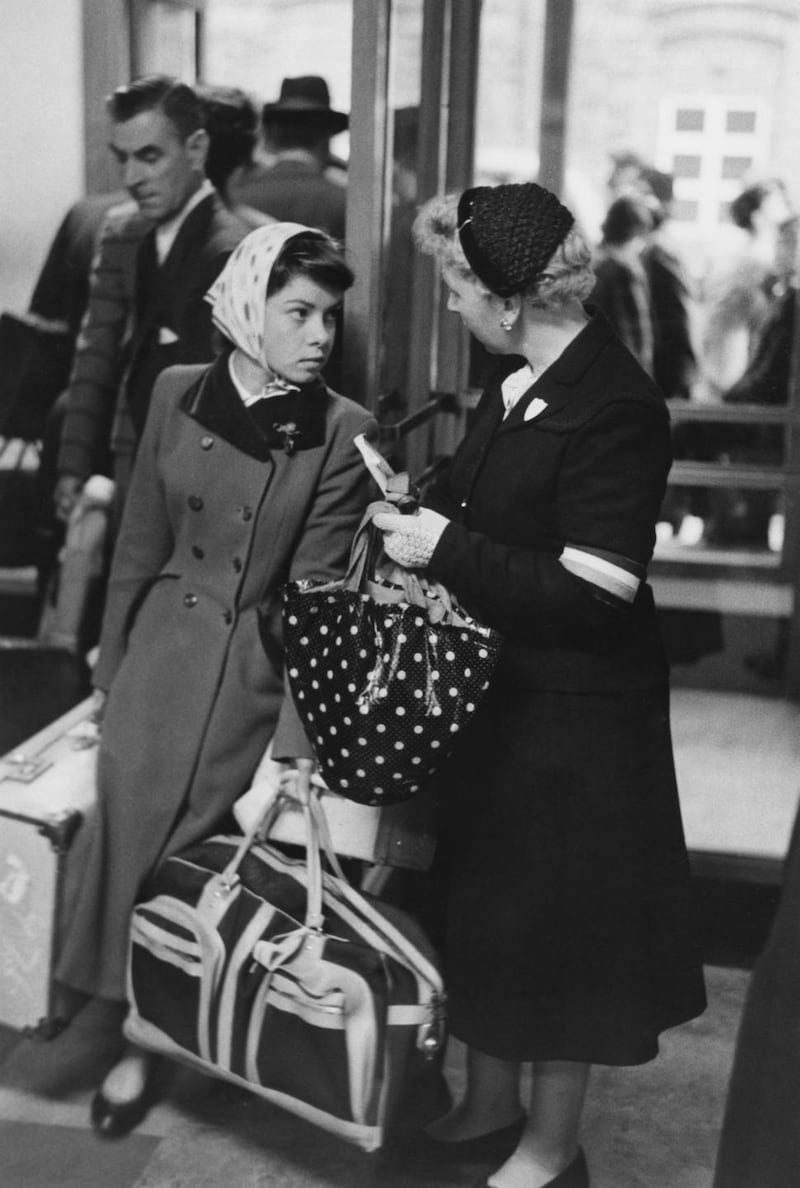
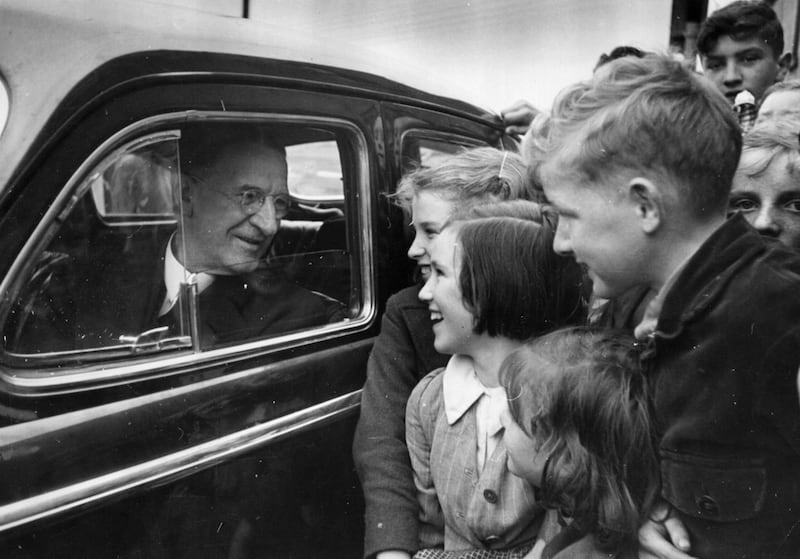
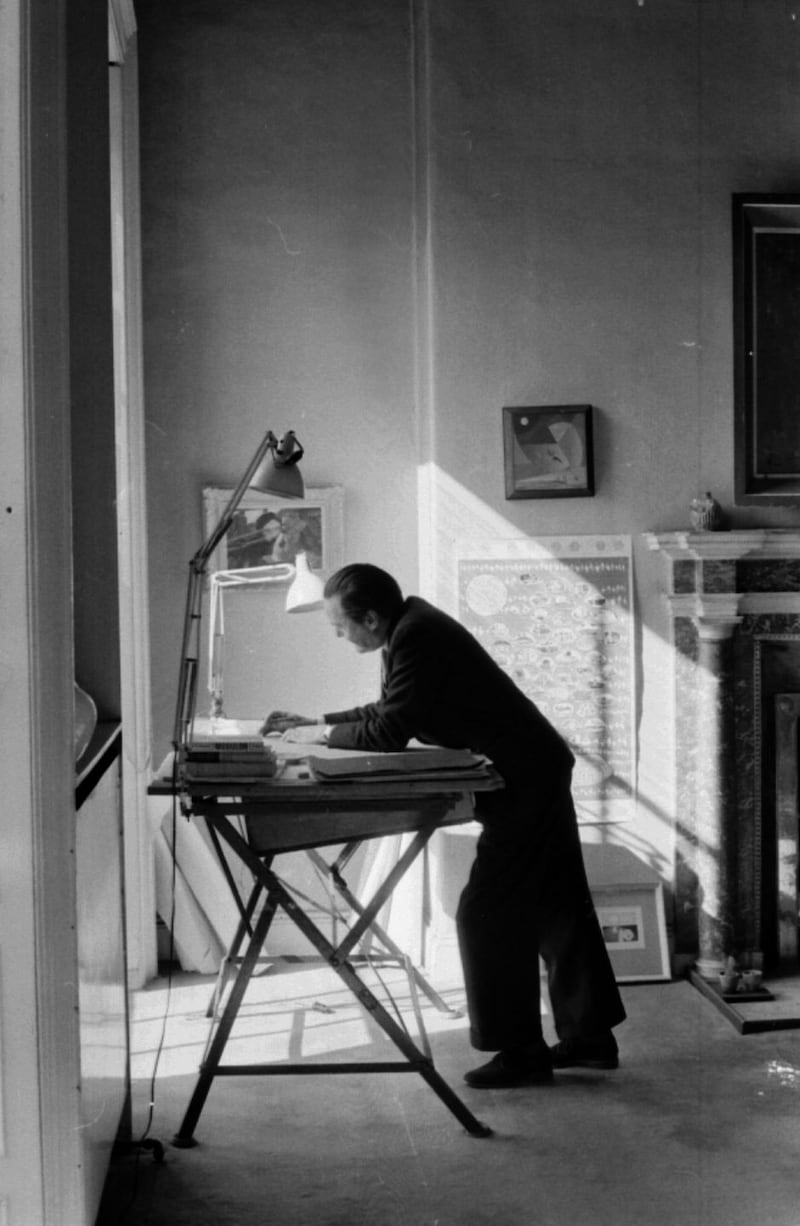
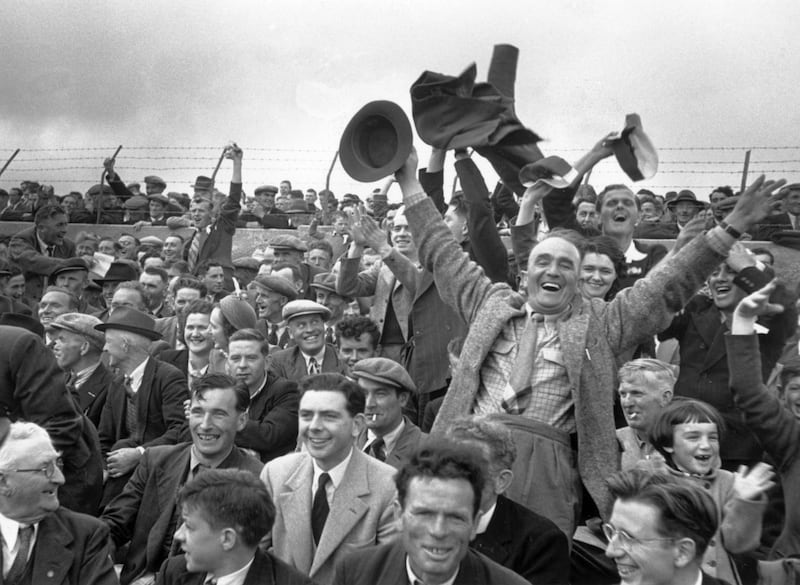

Published in London as a photojournalism magazine between 1938 and 1957, it sold more than 1.5 million copies a week, and quickly attracted the ire of Irish clerics because of what the magazine's historian David J Marcou has called the "vitality, humour, and pathos of its reflections and dreams, as well as the intelligence of its layouts and interests".
The human interest aspect of its photoessays covered everything from swimwear contests to urban life, crime and art and would lead the Picture Post to be the most frequently banned British publication in Ireland. Less than three months after its launch came the first complaint to the censorship of publications board. In February 1939 the Rev JA Twomey protested “against the indecent and suggestive pictorial matter contained in several editions of the Picture Post, which has a wide sale in each week in Cork”.
The following month brought a letter from the Rev MJ Hennelly of Tuam, who lodged an official complaint with the censorship board on the grounds that the magazine was "indecent and obscene". It seems that photographs of art were the source of this objection, with Hennelly declaring that such images "may be alright for the art-lover, but for the ordinary boy and girl they are abominably suggestive".
But for a publication to be banned it had to be found to have been indecent or obscene over several sequential issues; isolated instances could not be punished. In an attempt to demonstrate the sequential indecency of the magazine, John Charles McQuaid, while still president of Blackrock College, lodged a lengthy and detailed official complaint with the censorship board. He alleged that obscenity and indecency had occurred 12 times in the issue of January 21st, 1939; eight times in the edition of January 28th; six times in the February 4th edition; 12 times in the February 11th edition; and eight times in the February 25th edition.
Among the items that McQuaid objected to in the latter two editions were a photograph of a woman model in a swimsuit; a photograph showing the lower legs of women roller-skaters; photographs of statues of the female form at Crystal Palace in London; photographs of women mud wrestlers; and a photograph of a painting of a nude woman sleeping on a couch.
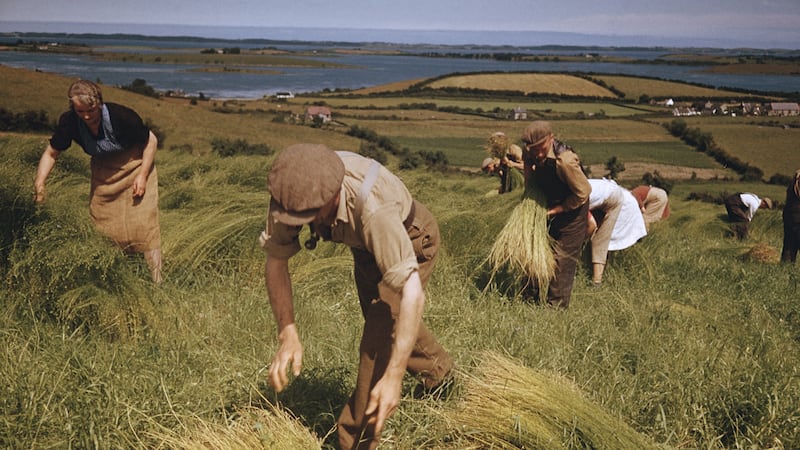
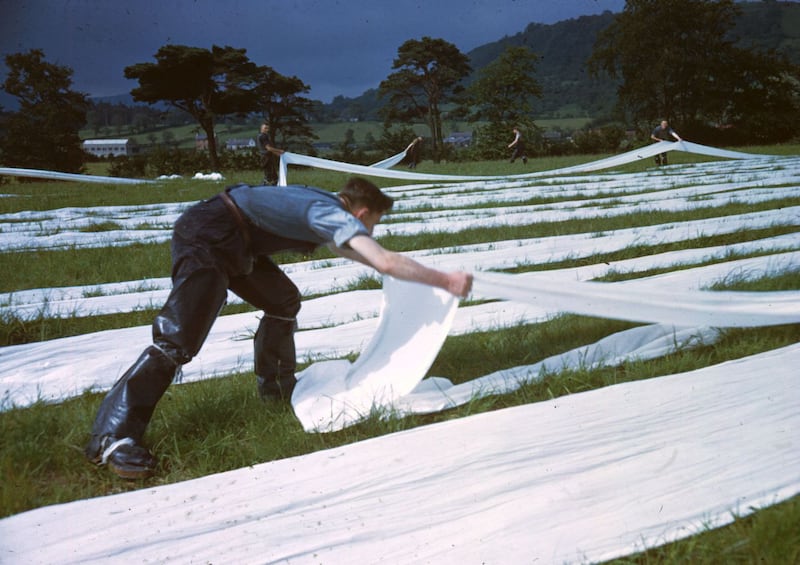
Despite McQuaid’s complaint the magazine was not banned, though Picture Post was obviously informed of Irish sensitivities as it voluntarily removed two pages – Painters of Paris – from an April 1939 edition. Despite this attempt at sanitising the magazine for Irish readers, complaints continued.
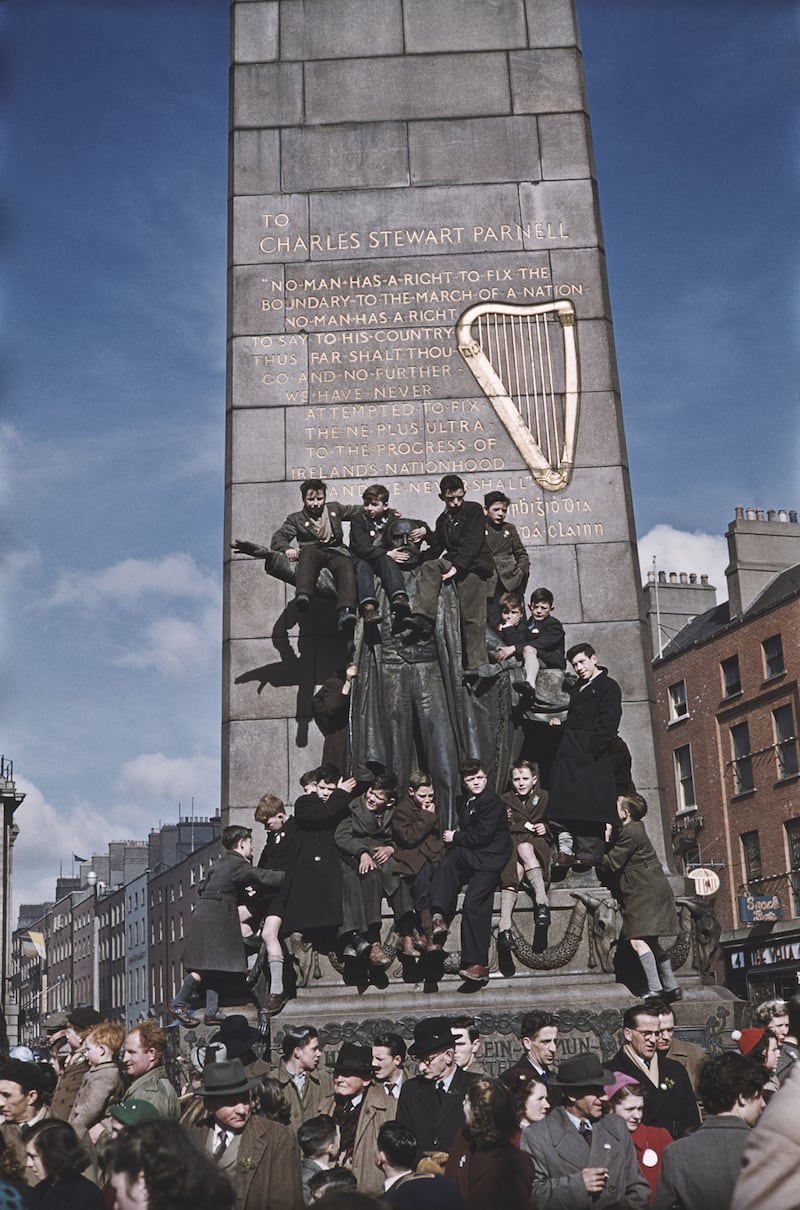
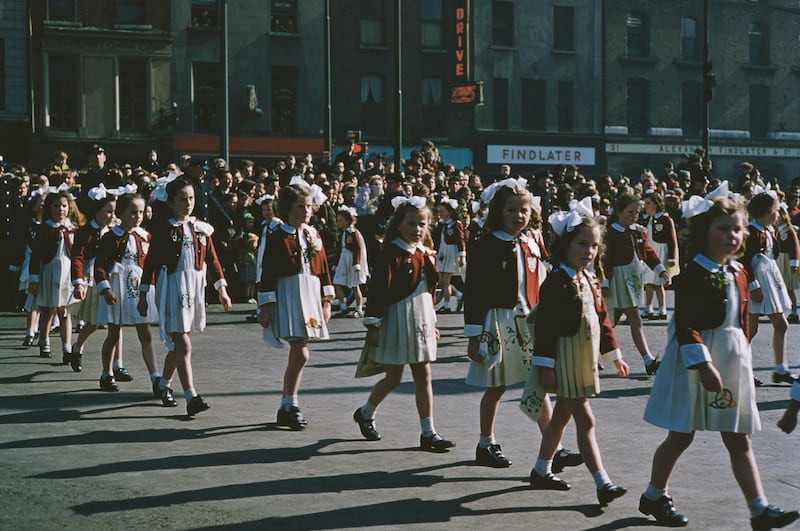
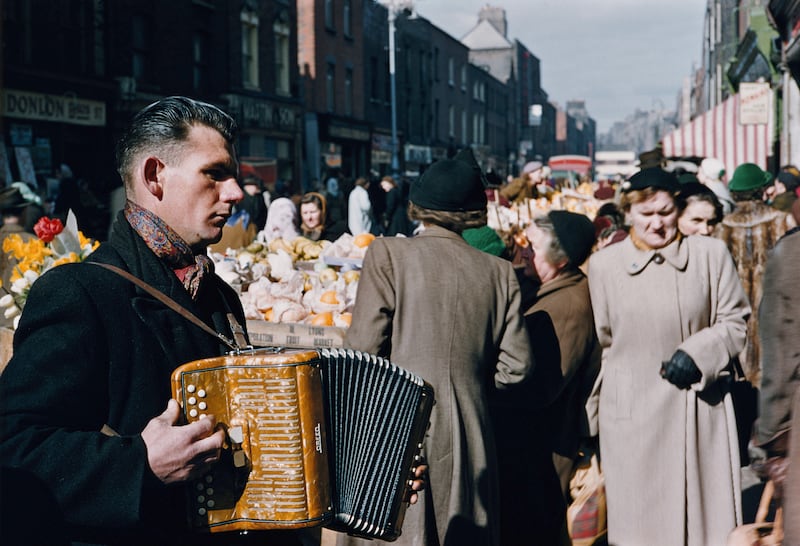
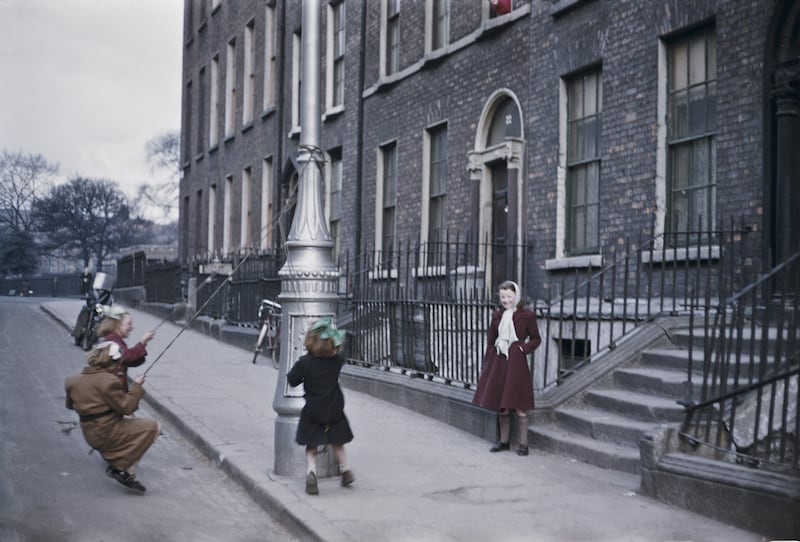
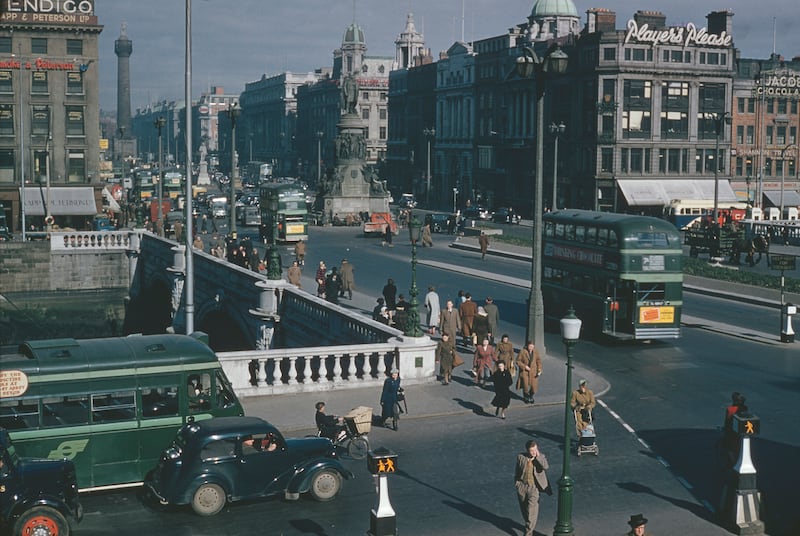
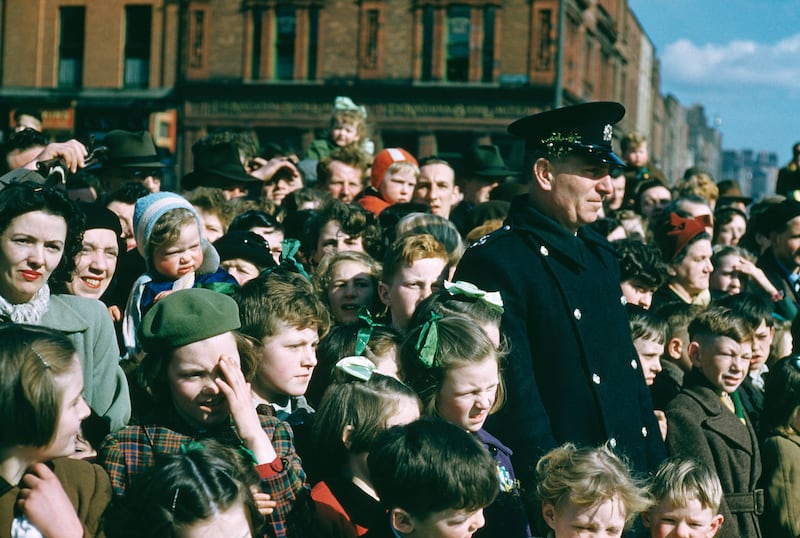
In October 1939, Ellie Kelly, a Dublin newsagent, complained that the magazine had "a huge circulation in the city" and noted that "it's terrible to think this awful filth is in a Christian country". She also recorded how she had refused to stock the magazine and had refereed it to the priests of the parish.
Those priests would no doubt have been aghast at the description of Ireland in the November 4th edition. Drawing on his time in Dublin earlier in the decade, Orson Welles declared that “censorship of books and controlled education have produced a crop of young men as blankly ignorant of the modern world as if they lived in the thirteenth century, mentally concentrated upon the idea of bringing the Protestant North under Catholic control in the sacred name of national unity”.
Referring to the IRA’s bombing of Coventry the previous August, Welles asserted that the attack had been “carried out by young priest-taught men who purify their souls at mass and confession before they leave a bomb in a London underground station”.
Describing the Catholic Church as "that clumsy system of frustration, that strange compendium of ancient traditions and habit systems", he declared it as "the most formidable single antagonist in the way of human adjustment".
Unsurprisingly, complaints flooded into the censorship board: one letter described it as “nothing short of a national scandal that such journals should be allowed to enter Irish homes”; another described Welles’s article as “highly blasphemous”; yet another described Picture Post as “not fit reading for the family in our Catholic state”.
The Rev Thomas Burke from Connemara asked: "in the name of God and Ireland, why has this indecent, blasphemous production even been allowed to enter this country?" He hastened to add that the edition that he had read was "given to me recently by a friend".
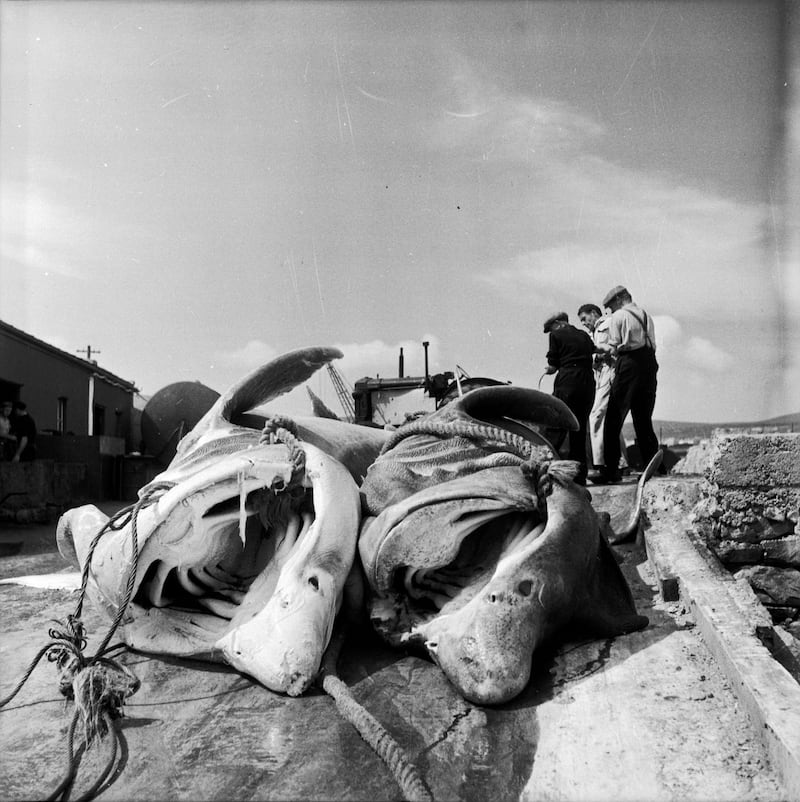
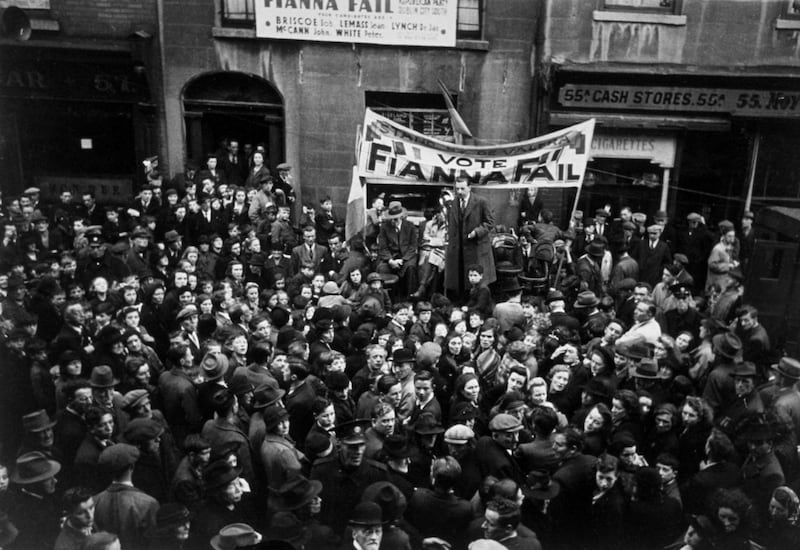
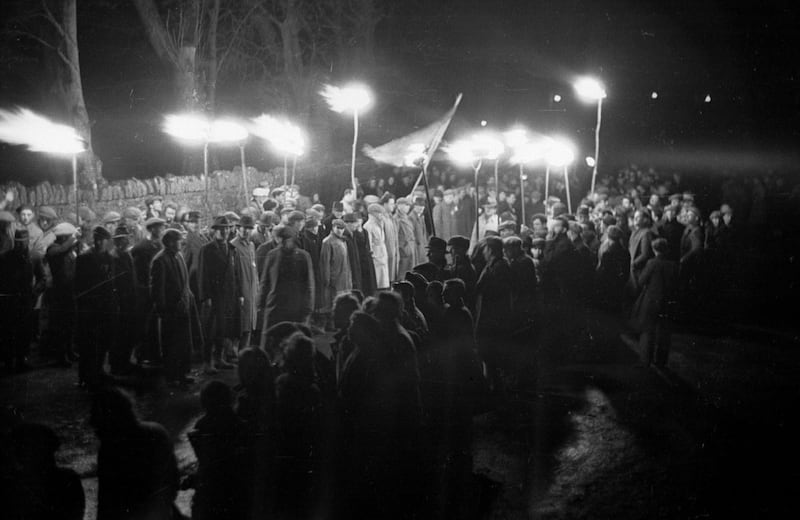
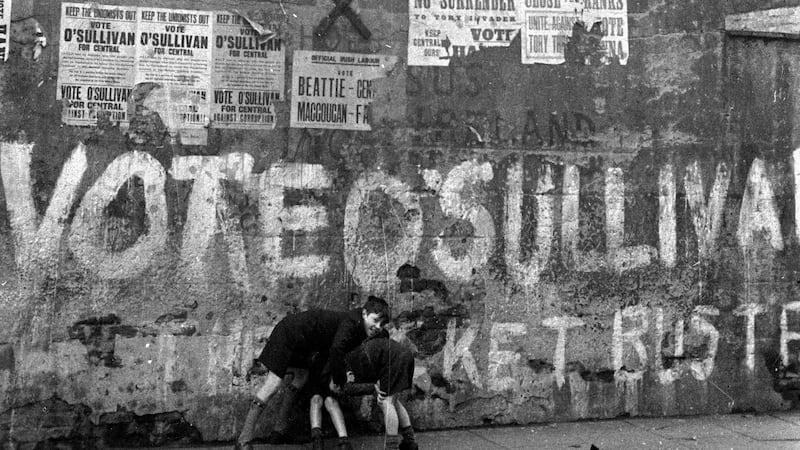
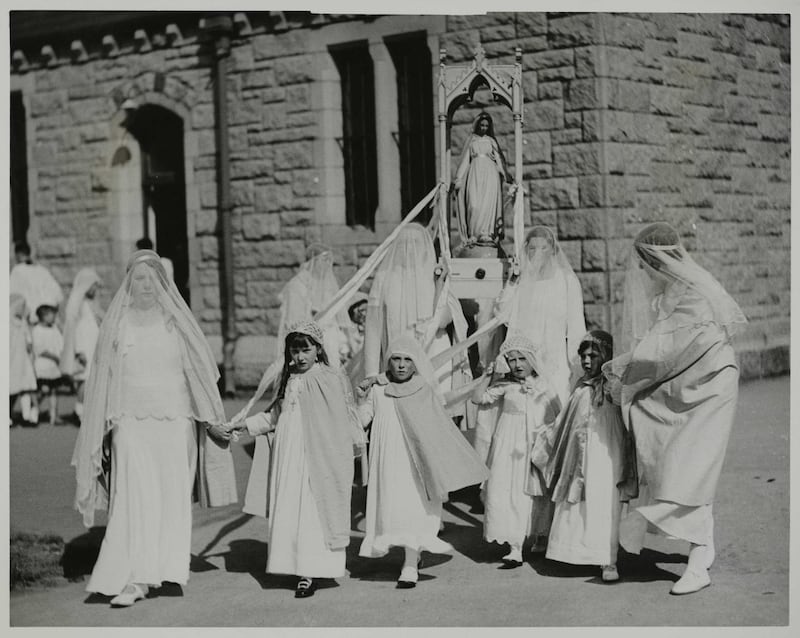
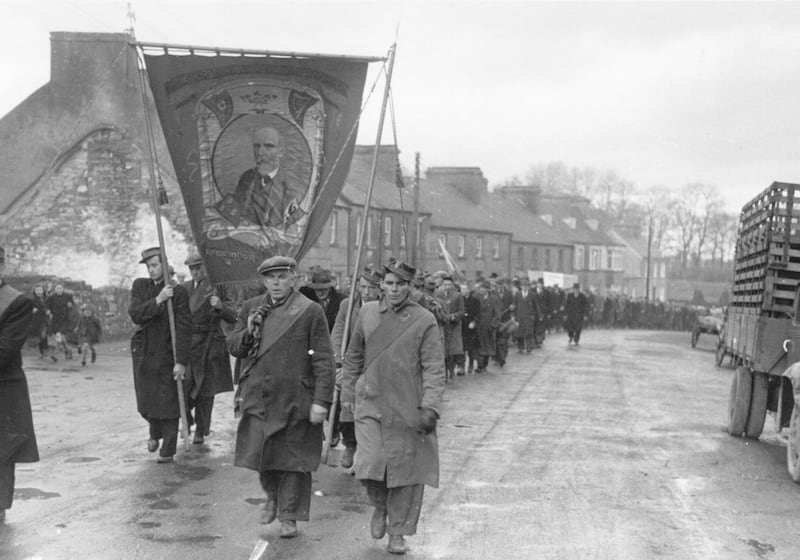
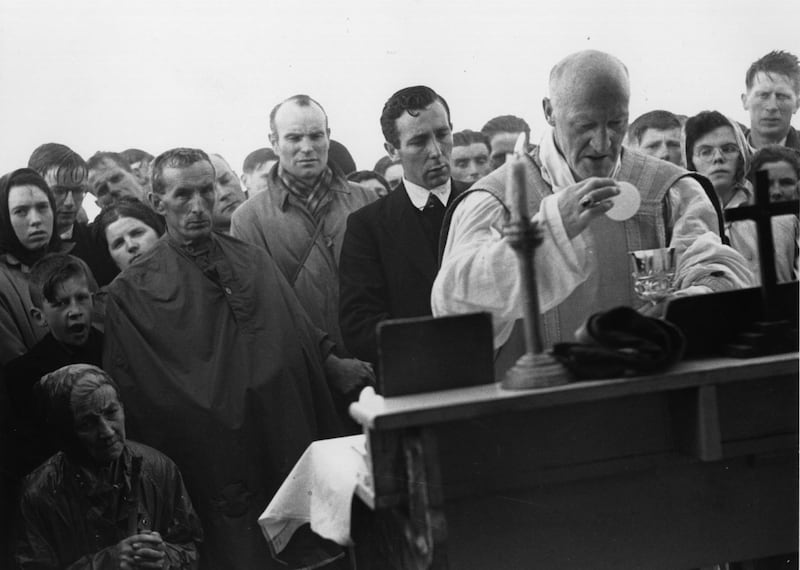
Official complaints also flowed in, with Francis O'Reilly, secretary of the Catholic Truth Society of Ireland, itemising content from four sequential editions as being indecent or obscene. Similarly, McQuaid lodged an official complaint itemising content from three sequential editions as indecent or obscene. On this occasion, Picture Post was, on the advice of the censorship board, banned by the minister for justice, Gerry Boland, for three months.
The date of the ban was December 16th, 1939, but, at the request of the magazine's distributor, Eason and Sons, the justice department held back publishing the official notice in the government gazette, Iris Oifigiuil. This allowed Easons to distribute the edition of December 20th, 1939, which had already arrived in Ireland. However, a request that the December 27th edition – 26,000 copies of which were in Liverpool awaiting dispatch to Dublin – be allowed to circulate in the State, subject to the justice department clearing its content, was denied.
The ban prompted a rare protest from members of the public. In January 1940 a petition signed by 35 people from Waterford, Kilkenny, Louth and Dublin was sent to the censorship board. Describing Picture Post as "one of the most human, impartial, and democratic papers recently circulating in Eire", the petition argued that "an occasional representation of nudity or semi-nudity, in a periodical which aims at giving a comprehensive view of modern life, does not constitute a general tendency to indecency". It concluded by noting that "any action whose chief effect is to hinder the free circulation of varying opinions is detrimental to the moral and intellectual interests of the country".
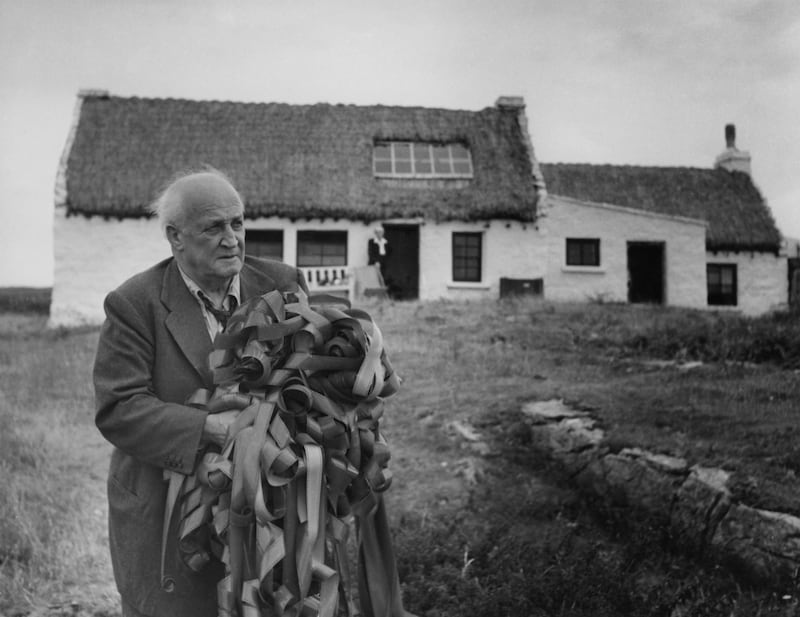
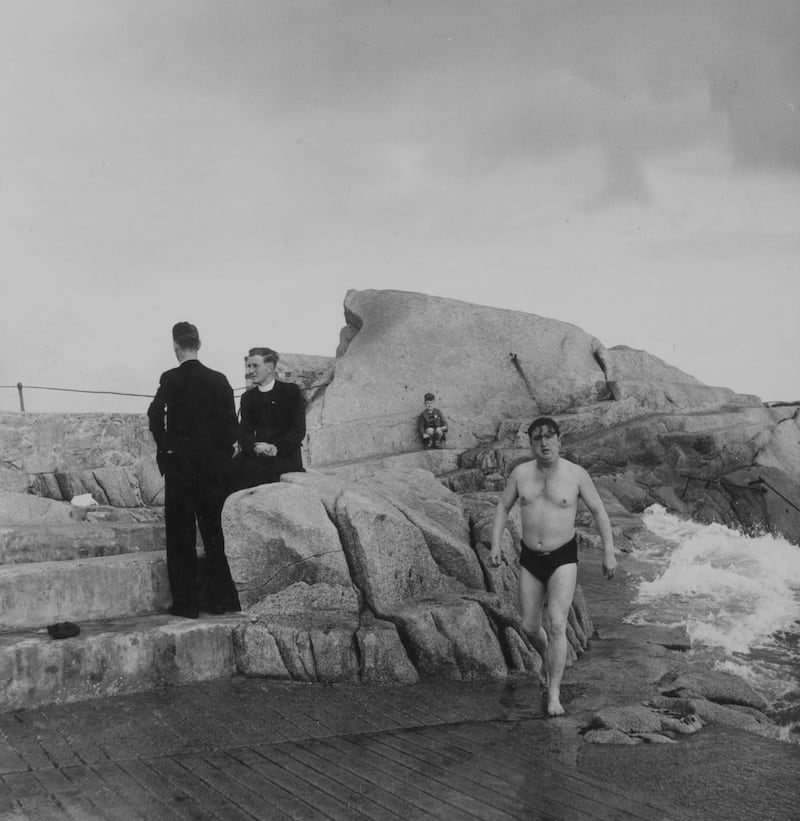

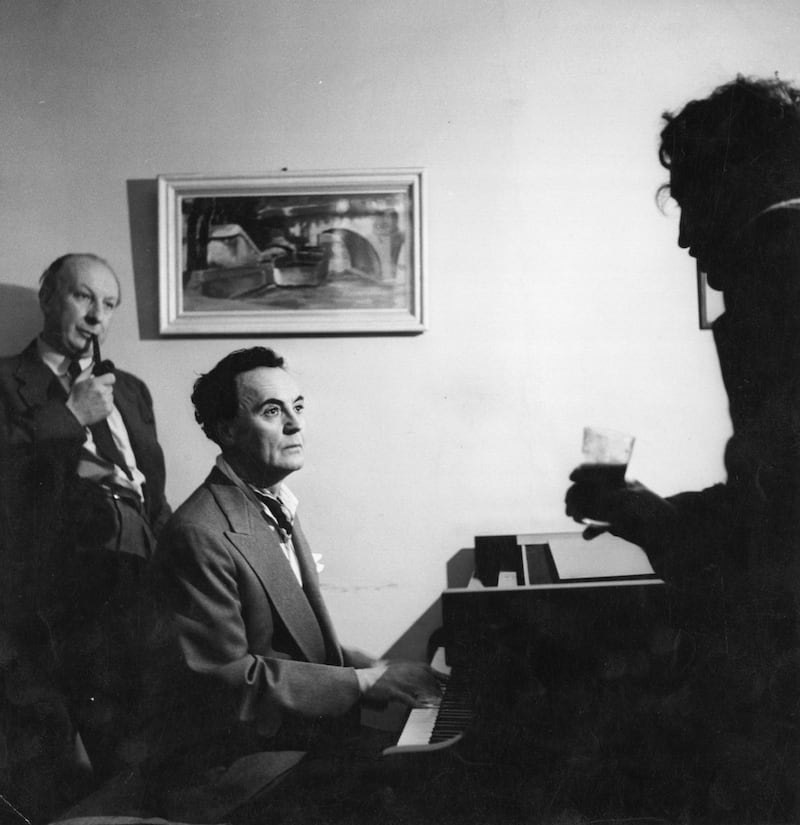
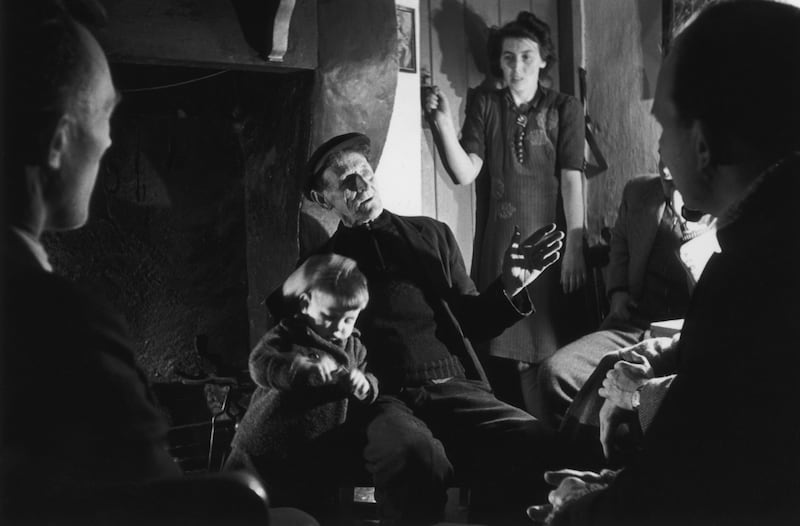
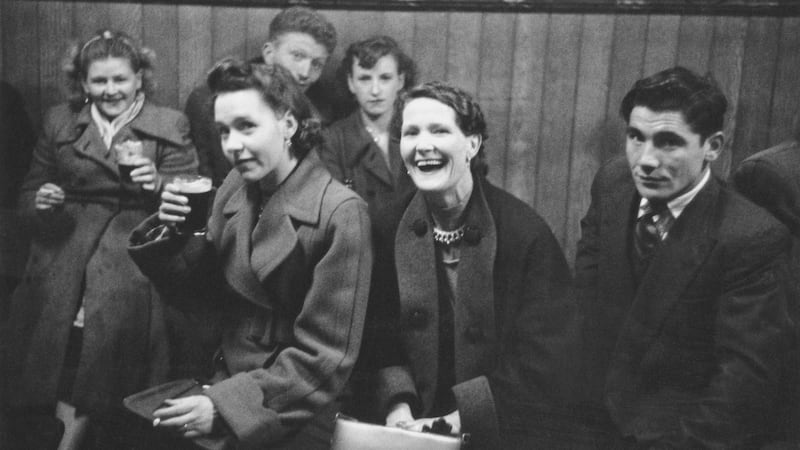
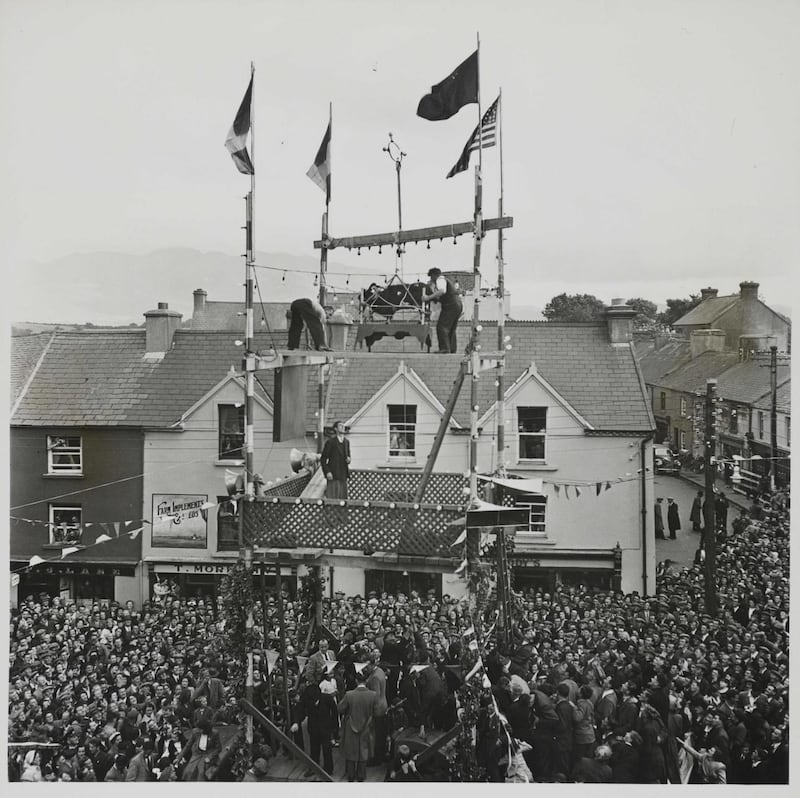
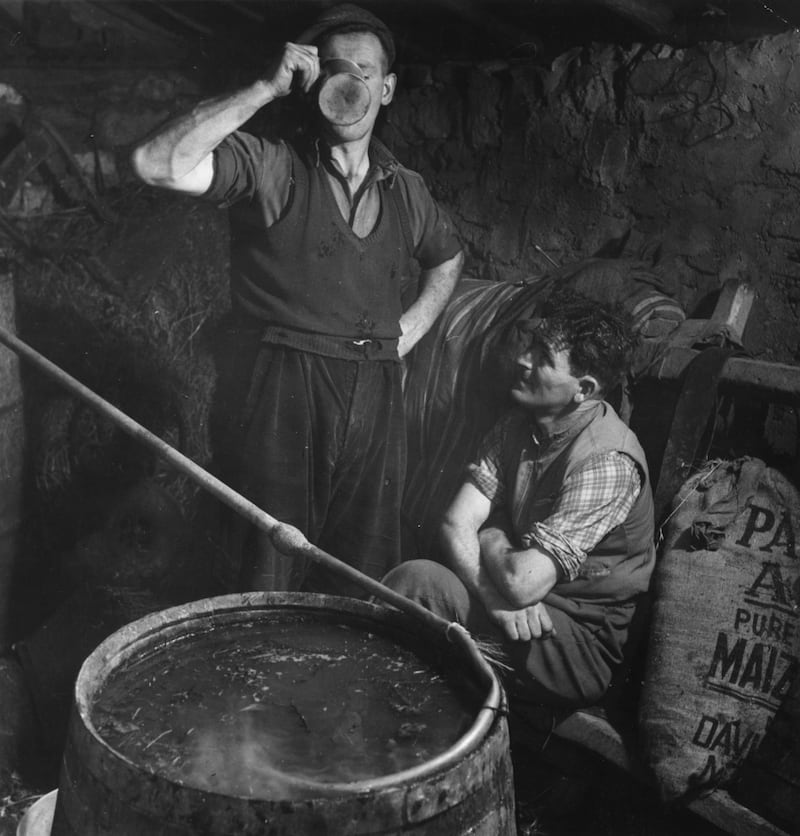
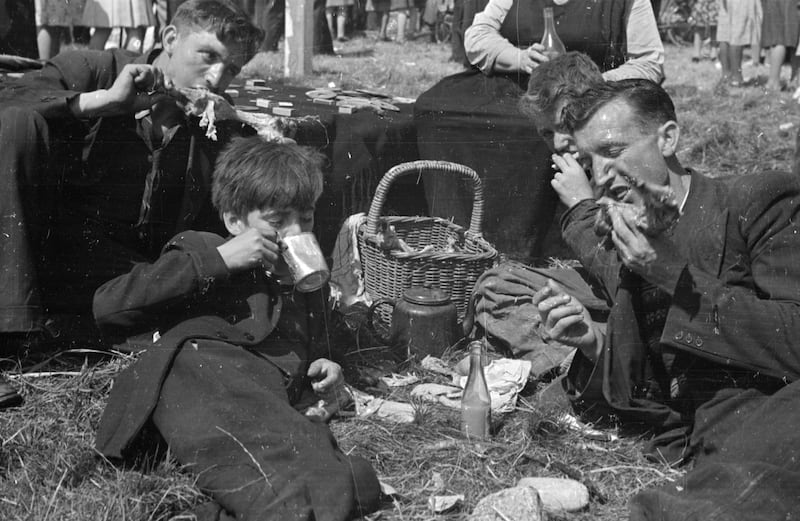
The three-month ban expired at the end of March 1940 and in an attempt to mend fences Picture Post decided to do a special issue – The Story of Ireland – in July 1940. Writing to taoiseach Éamon de Valera, editor Tom Hopkinson noted that the special issue tried "to treat the whole subject in a way that would be at once friendly and impartial".
However, as if to prove the maxim “no good deed goes unpunished”, the issue was immediately banned under wartime censorship regulations. It had unfortunately referred to a news item that the censorship authorities had prohibited Irish newspapers from revealing: the capture of a boat off the Irish coast containing two Germans and a cargo of explosives.
Subsequent complaints by members of the public to the censorship board centred on adverts that one reader viewed as "selling filthy contraceptives". Despite this, Picture Post continued to circulate in Ireland. Writing a profile of the state for New Statesman in 1941, Elizabeth Bowen noted that "English newspapers and periodicals can be obtained on order. Picture Post is in constant demand."
In its final years it was banned numerous times: between July 1948 and June 1956 it was banned no fewer than 10 times, with each ban being lifted on appeal or following assurances given the censorship board. But perhaps Picture Post had the last laugh. Its January 1957 edition carried a feature, “This is Ireland”, in which it noted that “the most delightful thing about Ireland is that in many ways it is foreign, but it is still British in quite a few others... You can understand the language unless the peasants talk Gaelic at you; the pubs are open all hours and the churches are crammed full on Sundays.”
The visitor also took delight in the native sport of “hurley, a dashing form of hockey”, and the fact that “nobody is really expected to be strictly on time for an appointment”.
Five months later Picture Post ceased publication. A row in 1950 between publisher Edward Hulton and long-time editor Tom Hopkinson over Hulton's spiking of an article on atrocities committed by the South Korean army had led to Hopkinson's departure. The magazine never recovered.
On its demise one reviewer from this newspaper noted that while Picture Post had begun “as a vigorous weekly picture paper with a serious interest in social and economic problems”, by the late 1950s it was “aiming at a fairly low common denominator which presumably prefers its pictures to be thrown on the television screen”.
The loss of advertisers to television and a drop in circulation to below 600,000 saw the Picture Post publish its last edition in June 1957, a move no doubt welcomed by the ever-alert guardians of Ireland’s morality.
Mark O’Brien is an associate professor at Dublin City University and the author of The Fourth Estate: Journalism in Twentieth-Century Ireland (2017)
